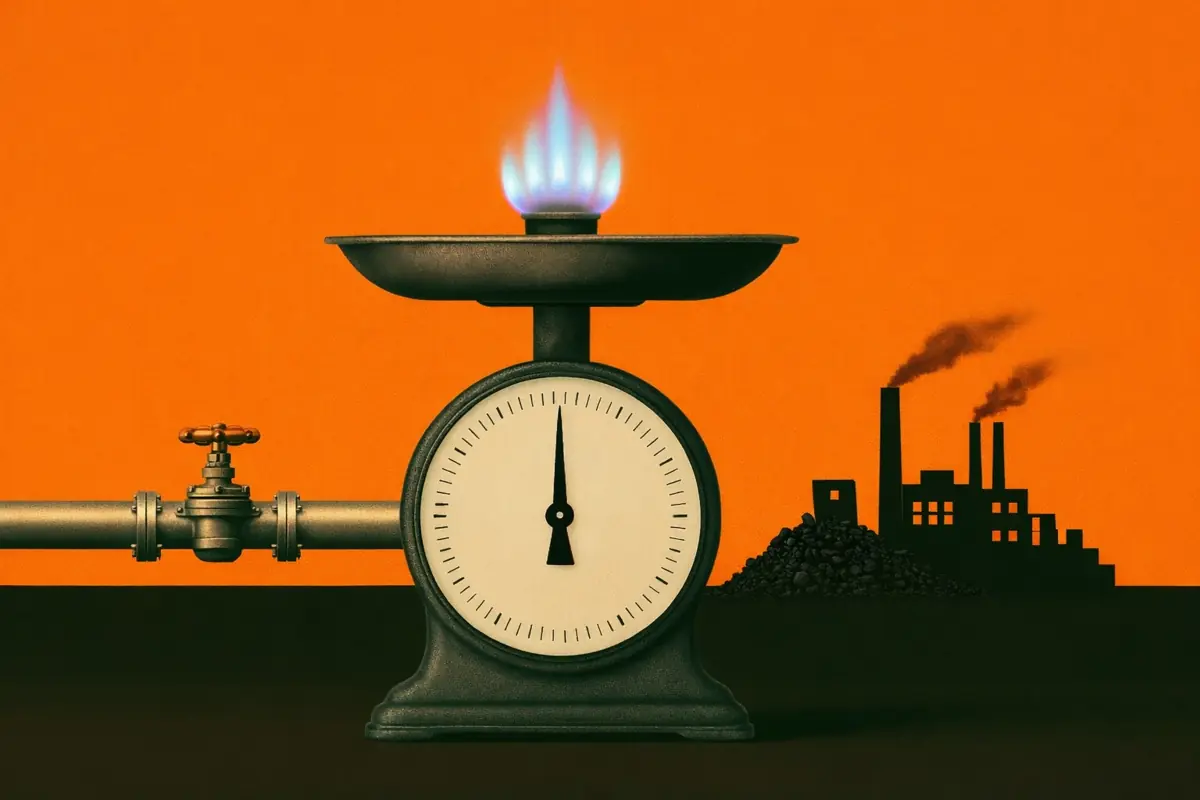Reserve Reform: does it include the next big market for batteries?
Reserve Reform: does it include the next big market for batteries?
National Grid ESO is planning to introduce two new services later this year, via its Reserve Reform program. It outlined the latest details in a webinar last week (9th March).
- But what is “reserve”?
- What will be the difference between Quick Reserve and Slow Reserve?
- And will batteries be able to participate in these services?
What is reserve?
National Grid ESO is always battling to keep the frequency of Great Britain’s electricity system close to 50 Hz and within operational limits. It has two main weapons in its arsenal: frequency response and reserve.
- Frequency response: the near real-time reaction. It kicks in quickly to slow down the effects of a disturbance on the grid. Frequency response activity is triggered by changes in frequency as measured on the grid.
- Reserve: a slower solution. It provides a longer-term fix to the underlying problem, and brings frequency back into operational limits. The control room prompts reserve activity by issuing instructions to a reserve asset.
Batteries have not widely participated in reserve services because frequency response has been a far better fit, and has historically delivered better prices. But could that all be about to change?
Reserve Reform

In 2021, National Grid ESO started a reform of reserve products to modernize procurement and simplify the services. The reforms will also introduce the concept of ‘negative reserve’ (to decrease system frequency), which is currently not procured through any commercial market.
Two new reserve services will go live later this year: Quick Reserve and Slow Reserve.
What is Quick Reserve?

What is it?
- A ‘pre-fault’ service that will allow the control room to quickly respond to small energy imbalances in either direction.
- It replaces Fast Reserve (retired in 2021) and SpinGen (a service you may not know existed).
More renewable generation and lower inertia on the grid means smaller energy deviations are increasingly problematic. Therefore, Quick Reserve is critical in enabling greater penetration of renewable generation on the grid.
When will it arrive?
- National Grid ESO expect to launch this service in October 2023. This timing is dependent on the launch of the Enduring Auction Capability platform.
How much of it will be procured?
- The requirement will vary depending on the conditions of the system, especially the level of renewable generation online.
- In stable conditions, a minimum of 300 MW is expected to be required. This may increase up to 1.4 GW in more challenging conditions.
- As the level of renewable generation on the system grows over time, we can expect these volumes to increase.
How will it be procured?
- Through auctions run on the new Enduring Auction Capability platform.
- These auctions will run day-ahead at 2 pm, as part of a single co-optimized reserve and frequency response auction.
- Contracts will be for two-hour service windows.
- Providers can bid into an ‘optional’ service (assets paid for utilization) or ‘firm’ service (assets paid for availability and utilization).
What are the technical requirements?
- Full delivery: within 1 minute of receiving a dispatch instruction.
- Maximum dispatch duration: 15 minutes.
- Asset requirements: 1 Hz operational metering. Balancing Mechanism-registered units and assets delivering Dynamic frequency response services will already meet this requirement.
- Dispatch mechanism: via bids and offers for Balancing Mechanism-registered units, and the Ancillary Services Dispatch Platform (ASDP) for non-Balancing Mechanism units.
Who will provide it? Is it for batteries?
- Batteries, certainly. As they can provide a near-instantaneous response in both directions, it means they are likely the only technology able to provide the service fully.
- National Grid ESO has suggested that pumped storage, wind, solar, and interconnectors may also be able to provide the service.
Slow Reserve

What is it?
- A ‘post-fault’ service, designed to be deployed alongside Dynamic Containment to combat problems arising from large faults on the network in either direction.
- It will replace Short-Term Operating Reserve (STOR).
When will it arrive?
- National Grid ESO intends to launch this service in November 2023 (again, timing dependent on the Enduring Auction Capability platform).
How much of it will be procured?
- As a post-fault service, it has to secure against the ‘largest loss’ on the system. It will have a similar requirement to Dynamic Containment.
- This will mean a requirement of around 1 GW (that can increase to 1.4 GW depending on interconnector flows). When Hinckley Point C arrives, this will increase to a more consistent 1.8 GW - in order to cover the new largest potential loss on the system.
- The service will be phased in over a transition period, replacing existing STOR volumes.
How is it procured?
- Through the same co-optimized auction as Quick Reserve.
What are the technical requirements?
- Full delivery: no sooner than 1 minute and a maximum of 15 minutes.
- Maximum dispatch duration: up to two hours before ramping down.
- Asset requirements: 1 Hz operational metering.
- Dispatch mechanism: via bids and offers for Balancing Mechanism-registered units and the ASDP for non-Balancing Mechanism units.
Who will provide it? Is it for batteries?
- The slower, longer requirement opens this service up to a much wider range of participants. The most likely participants are gas-peaking plants, CCGTs, pumped hydro, and Demand-Side Response.
- Batteries will be able to provide the service but must ensure they meet the slower ramp requirements and can respond for the full two hours.
Final thoughts
- Batteries could participate in Slow Reserve. However, because a number of other generation types can participate, and because of the slower ramp time and two-hour duration requirement, batteries will likely struggle to be competitive at auction for this service.
- But, we believe Quick Reserve will turn into a key market for battery storage.
- Final consultations on these services will be launched in April. Check back in to see the final proposed designs for the two services and to have the opportunity to have your say.
- And finally, make sure to keep up to date with the progress of National Grid ESO’s Enduring Auction Capability work (trials are due to take place in the summer). The release of these services is contingent upon the successful delivery of the new ancillary service procurement platform.







